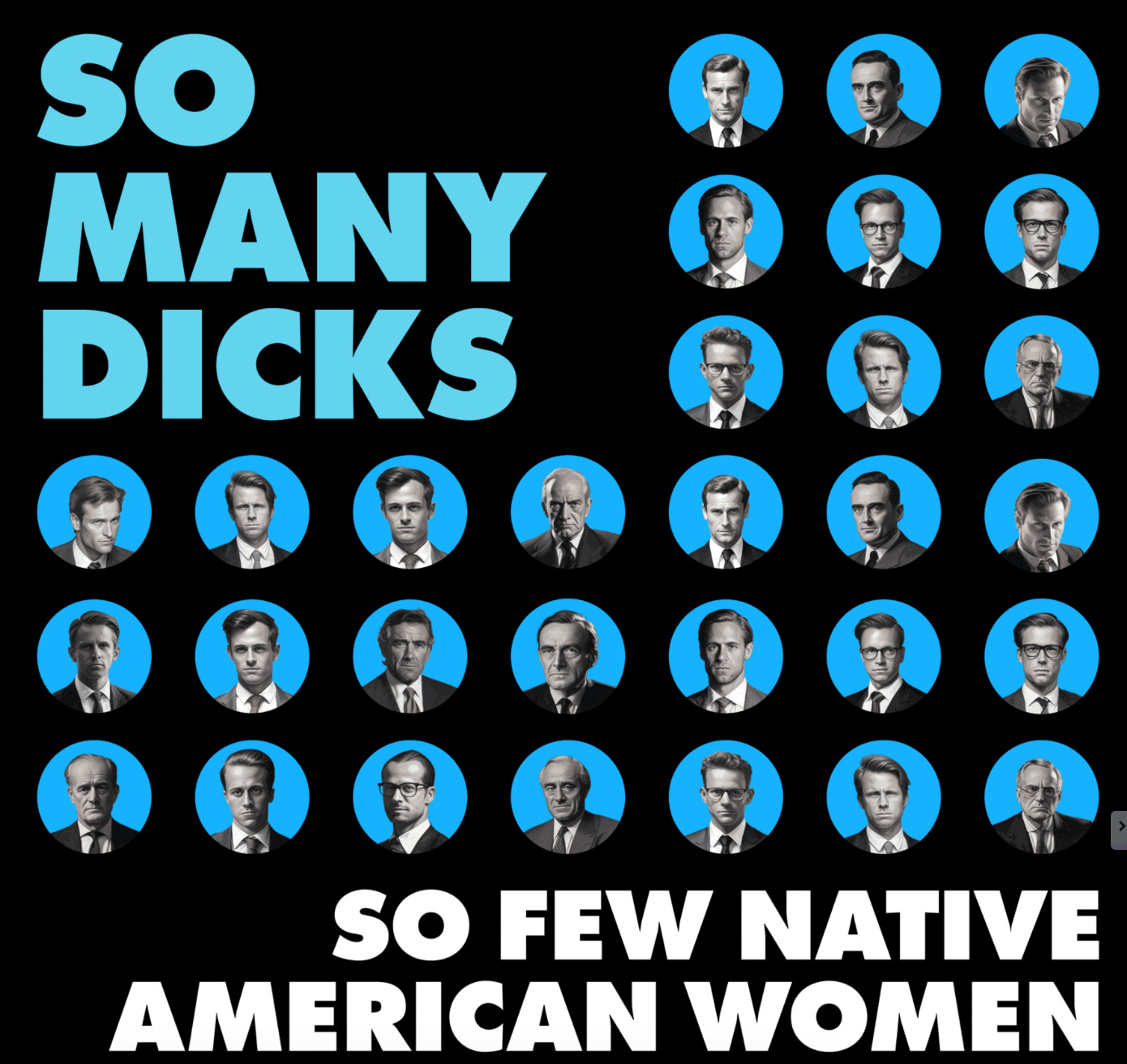Yesterday, I had the privilege of listening in on the Business of Fashion Global Beauty Forum, where influential voices from various industries shared their insights on the state of brand marketing in beauty. One of the most compelling speakers was Dylan Mulvaney, who discussed her rewarding brand partnerships…and the infamous debacle with Bud Light.
It's been about a year since Bud Light partnered with Dylan, a trans TikTok creator known for her engaging content and vibrant personality. This partnership became a lightning rod for controversy, sparking a backlash from the transphobic right and leading to a significant boycott of Bud Light.
In response to the controversy, AB InBev, Bud Light's parent company, distanced itself from the partnership and let go of some of its marketing team. This move alienated any potential support the brand activation might have garnered, showcasing a reactive rather than proactive approach to crisis management, and tanking the market share as consumers from both sides of the issue fled the brand.
The Domino Effect: A Retreat from Purpose
Last June, during Gay Pride Month, the Bud Light fiasco had a chilling effect across the industry. Target scaled back its Pride merchandise, and other brands began to follow suit, opting for a more conservative stance to avoid controversy. This shift marked a significant departure from the heyday of brand purpose marketing.
For about a decade, brands took bigger swings and actively used their platforms to advocate for social good. They championed purpose-driven marketing, proudly aligning themselves with causes that resonated with their values and their audiences. Companies like Ben & Jerry's, Patagonia, and even Nike with its Colin Kaepernick campaign, exemplified this trend, showing that brands could take a stand and thrive.
The fallout from the Bud Light controversy signaled a broader industry trend. Brands that once took bold stances on social issues began to hunker down, turning off their metaphorical rainbows and steering clear of anything remotely controversial. The fervor of purpose-driven marketing seemed to fade as companies prioritized caution over conviction.
The Impact on Brand Strategy
Dylan Mulvaney x Bud Light was the biggest inflection point and the most catastrophic situation, for both the brand and the creator. Mulvaney dealt with threats and insults while the brand backed away and washed its hands of the situation, and both the transphobic and the left who supported Mulvaney backed away from BudLite.
But there were other signs. The big investments that companies put behind diversity, equity and inclusion efforts afte the 2020 Black Lives Matters protests began to fade, and high profile DEI executives lost jobs or stepped away. The yellow-and-blue flags sprouted everywhere, even on brand social pages, to support Ukraine against a Russian aggressor, an easy enemy to rally against. After the Oct 7 Hamas bombing of Israel and Israel’s increasingly egregious war on Palestine, few brands stepped up to take sides. During the Black Lives Matters protests, many companies grappled internally with their accountability to racism in America. There’s no such introspection on the issue of Israel-Palestine even as it uncovers difficult conversations about Jewish and Muslim identity in the US.
This strategic retreat raises important questions about the future of brand purpose. The once-powerful narrative of brands being agents of social change is now fraught with risk, as companies fear alienating significant segments of their customer base. This cautious approach may protect short-term market share, but it also risks eroding the deeper connections brands have built with their more progressive and socially-conscious consumers.
The decline of brand purpose marketing doesn’t signify an end to corporate responsibility or social engagement. Brands must move beyond performative gestures and embed their values into the core of their business practices—only brands who are truly walking their talk can gain consumer trust when it comes to purpose-driven marketing.
However, today most brands are focused on other needs. Sales, performance, volume. Managing inflationary pressures. What to do about AI. The idea of potentially alienating a substantial part of their consumer base is, well, terrifying to most brands. But brands who know what they stand for, and know who they’re for, can still take stands that get applause and drive dollars.
E.l.f. is the poster child for this; their So Many Dicks campaign highlighted the lack of female representation in the board room. It ties to their cheeky humor, while taking a serious stance on an issue that persists. The E.l.f. campaign was especially heartening to me after seeing the chill on brand purpose. May more brands take a cue and find a way to stand for more than just profit.






